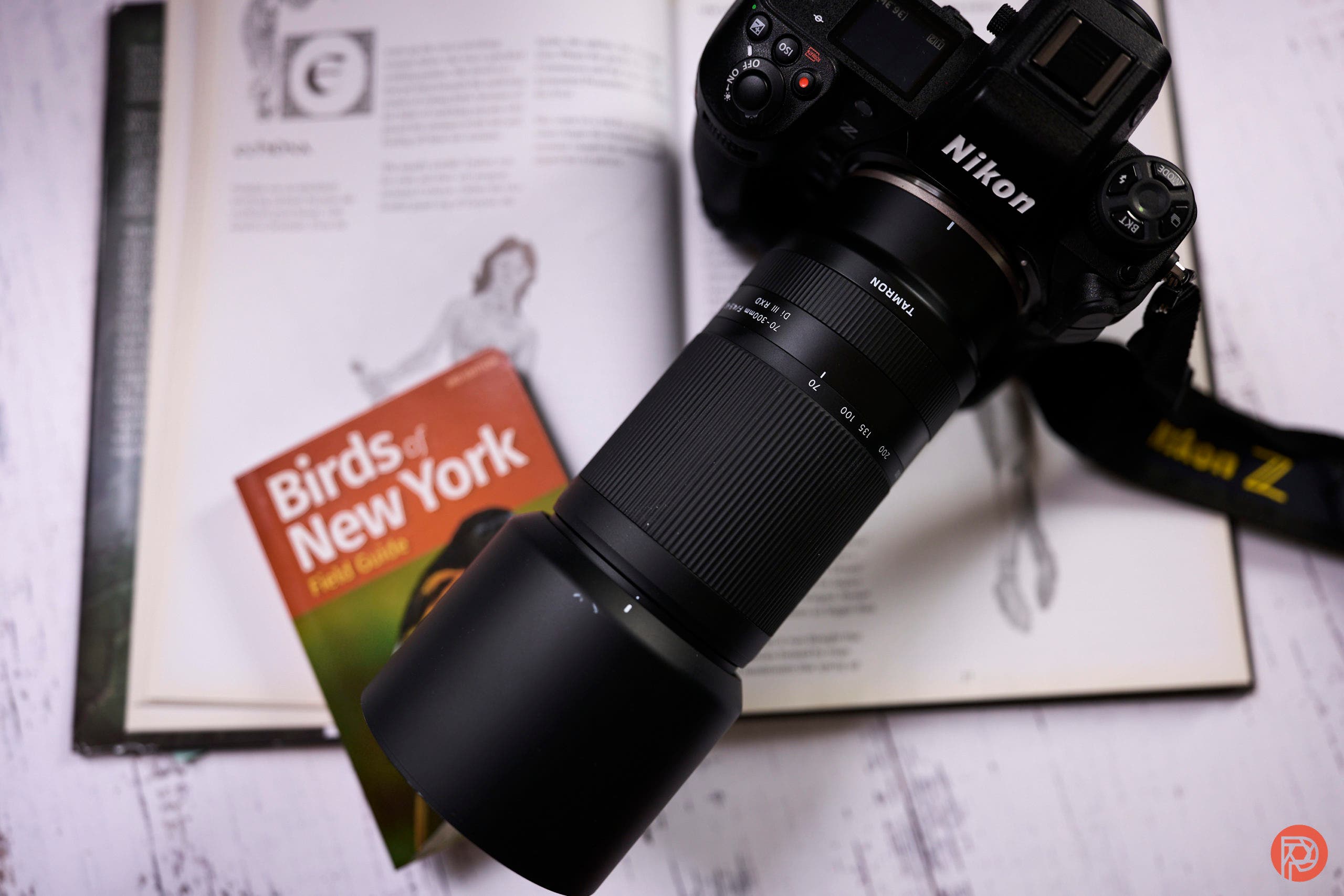Our Nikon Z9 review has gotten an important update. In the year since its release, the Z9 has received several firmware updates that have made the camera far more competitive against its biggest rivals. One of the biggest things that needed tweaking is the autofocus performance for photography. And indeed, it got it. Furthermore, Nikon gave the camera more new features. And if you’re a photographer still considering it, you should check out our Nikon Z9 review update below.
Here’s the snippets from our Nikon z9 review update. Take a look. Want one? Check out the Nikon Z9 on Amazon and Adorama.
Update January 2023: Pre-Release Capture
The new firmware updates have really improved the Nikon Z9. And with that, the addition of Pre-Release Capture has come to the Nikon z9. Our reps tell us that this was available on the Nikon 1 series of cameras many years ago. But this technology has been around the block for years, and we strongly believe it’s originally an Olympus technology. It allows you to record a scene before it’s captured. For example, if you’re autofocusing on a bird with Pre-Release Capture enabled, and then press the shutter down fully, you can set the Nikon z9 to pre-record up to a second before the capture is finished. You can also set it to record a bit afterward as well. This is one of the ways it differentiates itself from other systems.
Canon recently put it in the Canon EOS R6 Mk II. But it’s more famous in OM System cameras in the form of Pro Capture Mode. In fact, this is where we believe it performs the best. On Fujifilm, it’s in Pre-Shot ES and only uses the electronic shutter mode. With both OM System and Fujifilm, you can shoot RAWs (and a lot of them too). It will lag the EVF a bit, though not enough to affect your shooting abilities. (I say that even as a legally blind man. So if I can do it, I’m sure anyone with perfect eyesight is capable of the same.)











But, where Nikon drops the ball is with only letting you save Normal JPEGs. That’s right, you can’t even save Fine JPEGs, and it doesn’t record RAW. This is a huge problem, as it won’t even record RAW in DX mode. The OM System can do this with 20MP at the full four-thirds size in RAW. Fujifilm can do it with the XH2 at the full-APS-C size at 40MP in RAW. The XH2s can do it at 28MP. Even the Fujifilm X Pro 3 can do it at 24MP. However, even though the Nikon z9 is a far more expensive camera, it can’t ensure that you won’t miss the shot in the same way.
While Nikon has made some serious strides forward with the Nikon Z9, this is utterly disappointing. I shoot to get great JPEGs from the start. But if you’re relying on it for professional work, you want RAW files.
Metaphorically speaking, I wouldn’t buy a refrigerator advertised as having lots of storage space by eliminating all of the important drawer and storage units. I also buy an iPhone if they removed Airdrop, or their higher resolution camera modes only shot in JPEG or HEIF.
Update January, 2023
The Nikon z9 has received several firmware updates, and as of firmware 3.01 it has become a very formidable camera. Praise should be given to Nikon for this. We’ve used intermittently over the year with the latest firmware updates while using pre-production lenses. But recently, LensRentals loaned us the camera for a few weeks to ensure our tests are up to par.
First off, Nikon’s autofocus with their own lenses has drastically improved. Not that it was bad at all, but it was certainly lagging behind. However, with Nikon’s own lenses, the Z9 is able to more or less hold its own with Canon and Sony. When using animal detection in low light, such as in a forest canopy, the Nikon z9 lags behind both Sony and Canon. But in good lighting, it’s still only a hair behind them in performance. It’s just as good as the OM System OM1, which is a far more affordable camera with a smaller sensor.














Leave a Reply